This article contains expert-led insights from a previous season of the Million Dollar Case Study. MDCS is a free, comprehensive video series by Jungle Scout in which veteran Amazon sellers show budding entrepreneurs how to succeed on Amazon—by actually doing it. The series takes viewers step by step through the process of launching a real product on Amazon in real time—from product research to finding a supplier to advertising. Check out our most current season here for the latest information on selling on Amazon.
As an ecommerce entrepreneur, whether you sell on Amazon or any other platform, something you will definitely need is good product photography.
There are two main types of photography: studio lit product photography, and lifestyle product photography. The problem for small businesses is that the costs to hire a professional can soon add up.
Now, of course the best option would be to pay a pro to take some kick-ass photos of your products. But sometimes this isn’t financially viable, there isn’t enough time, or maybe you just need a few extra images to highlight a product update, or to split test which images bring in the most sales.
I previously wrote a post about taking your own product photography on a white background using nothing but a smartphone and a few household items. Sellers got in touch and said this was useful, but what comes at the highest cost is usually the lifestyle photography. These are the images showing a product in use with a model, in a specific location, or using some props.
Since I have been appearing on the Million Dollar Case Study: Europe, and launching my own product, I have been thinking it was time to write an article about taking your own lifestyle photos. So let’s get started.
For those of you who prefer YouTube, check out our awesome video on the same topic here:
First, do your research!
As business owners selling products will know, your photography is your shop window. Sure, your product listing or page is super important too, as are reviews. But ultimately, the first thing a potential customer’s eyes will be drawn to are the images.
On Amazon, you must have a product image on a white background as your main image. But you also have 8 other image slots, which is prime real estate to really stand out amongst the crowd.
Check Out Your Competition
When I was doing competitor research for my first product, Jungle Slumber, I noticed that all of my Amazon competition in the UK marketplace only had product photos on a white background. This was an obvious sign that I could enter the niche with an improved offering. I was already working on sourcing a high quality product, and I wanted my photos to show it.

This didn’t really show me what good lifestyle images for my product would look like. So, I went searching on other Amazon marketplaces and found some examples.
Now I have some visual ideas about what lifestyle photography might look like for my product.
Research Other Ecommerce Websites In Your Niche
The book doesn’t stop with Amazon though. Make sure you also check out websites in your niche that sell your product, as well as big brands. Even though the big brands might be spending thousands on elaborate sets, with the best professional photographers, don’t let this deter you from looking for inspiration and ideas.
Get Creative
Remember, the goal of these images is to really enhance the perceived value of your product, show off it’s quality and to make it more aspirational.
Of course, every product and niche will have different requirements when it comes to photography, but here are some top-level considerations to help you put on your creative thinking caps:
- Know your audience – Who buys your product? What do they want to see? How can you make it appeal to them? For example, for my sleeping bags, I want to show it in use in a nice location, to invoke feelings of adventure and excitement.
- What locations or props do you need? – Think about where you will take your photographs and if there are any other items you can use to really set the scene.
- Do you need models? – can you rope in some friends or family to help with this? Hiring models can also be expensive so if you can work with people you know, or aspiring models who work for cheap.
Try to think outside of the box and offer something new and exciting!
What You Will Need
OK so I have to make some generalizations for this post, but it goes without saying that all products are different. So you really need to consider: how big is the product? Where would it normally be used? Do you have access to a suitable location? Do you have any models you can use?
No lifestyle product photography shoot will be the same. But, here are some of the basic things you will need to get started:
- A product sample in excellent condition
- A smart phone with a good camera (or a DSLR or other camera if you want to use that)
- An editing app or photo editing software (more details on recommended apps coming up)
- Ideas for locations – indoors, outdoors?
- Models – optional, but lifestyle photography really comes to life when you include people using your product
- Props – optional, but if your product would benefit from being photographed with props, have a think about what these could be
I recently upgraded my phone to an iPhone X, so that is what I am using for my demonstration below. But you can use any other modern smartphone that has a good camera. It would be especially helpful if you also have portrait mode, or the equivalent of portrait mode, but it’s not necessary.
Demonstration
I’m going to walk through a super quick lifestyle product photography shoot I did. This isn’t actually a product I am selling, just an item I had lying around to use to demonstrate my process.
As you will see, it’s actually really easy to take a bunch of photos that look really nice without much effort at all.
Step 1: Prepare For Your Shoot
My product is a backpack (made by Briggs & Riley, go check them out). My location right now is in a sunny climate, so I decided to make the use of the natural light. It was partially cloudy which is actually a good thing, as it diffuses the harsh sunlight. Thanks, mother nature!
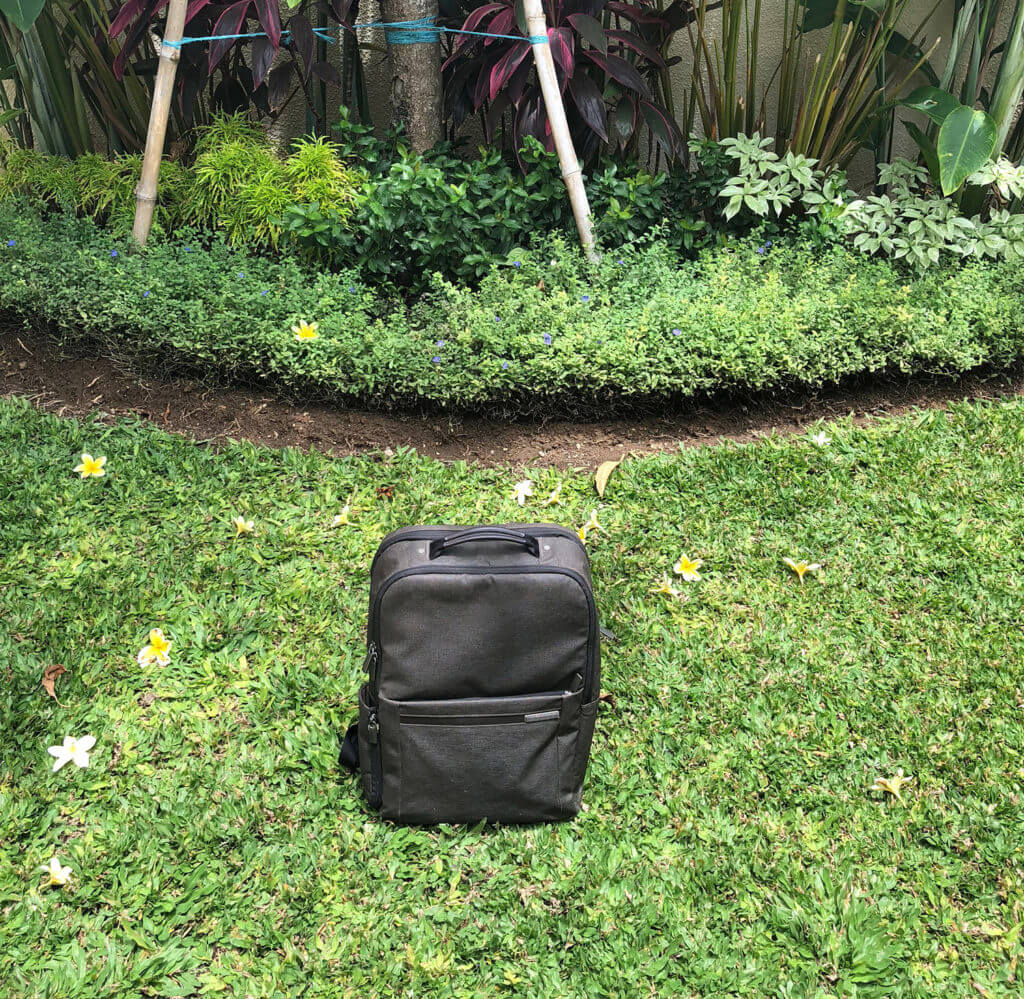
To start with I just wanted to demonstrate how easy it is to take photos of a static product on an interesting background.
This isn’t a brand new bag, but if it was, I think it would be easier to work with. I ended up stuffing clothes inside it to pad it out and make it look a bit nicer.
Other creative locations I could have used are an office and a desk, a city street for an urban feel or even on public transport to show the bag can be used by commuters and students.
Takeaways:
- When preparing for a lifestyle photograph you need to put some time and effort into making sure the setting and the product look good. This could mean doing some location scouting for a nice outdoor spot, or cleaning the kitchen and laying out some nice props for a kitchen product, for example.
- Another consideration is light. Don’t go trying to take these photographs in a dark space. Even what appears to be a well lit room at night can be too dark for a high quality photograph. If you’re unsure, try taking a few photos in the location to test how your camera handles it.
- Most smartphones are great at balancing the light and the white balance themselves – but if there is not enough light, they will over-compensate and you will end up with dark and noisy images. Not what we want here!
- You will need a sample (preferably brand new) of your product, and you need to make it look good. Some products may need dusting, polishing, or stuffing with paper to make them look fuller. Think very carefully about the positioning and arrangement of your product because you want to show it in it’s best light possible.
Step 2: Taking Lifestyle Photographs
Don’t be afraid to dive in and get started once you are happy with your location and set up. The more photos you take, the more you can edit later. Being as you are doing this yourself with equipment you already have, the only thing you lose if it doesn’t work out is time.
You can easily try different locations and ideas out provided you are inclined to put in the hours!
So with my backpack in place, it’s time to start shooting.
Ensure you focus and set your exposure correctly
As I mentioned, phones do this for you automatically, but you can tweak your settings in the native camera app if required.
Because I was shooting outside in daylight, the exposure was already pretty good, showing the product and background in a balanced nature:
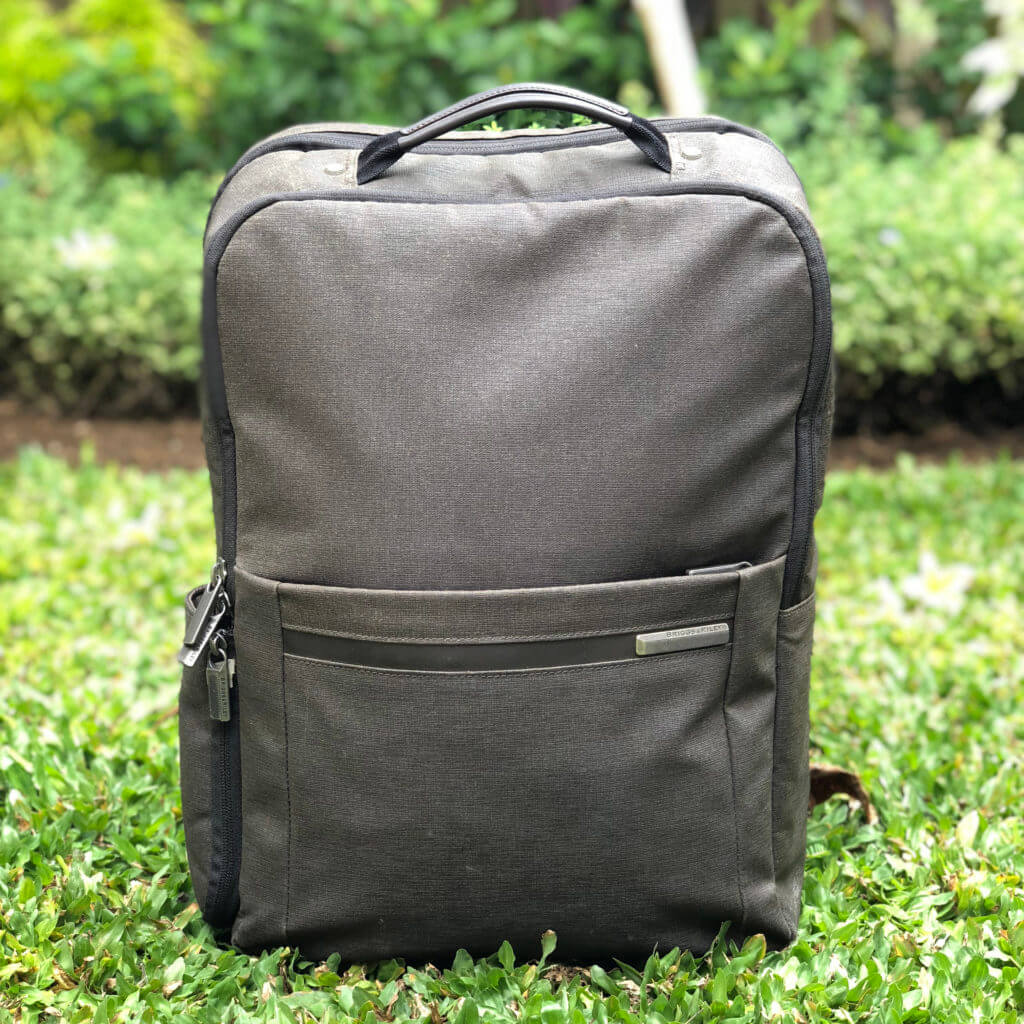
However, by tapping on my screen I can reset my focus point, and by tapping and holding shows the exposure icon which can be scrolled up and down to increase or decrease the exposure.
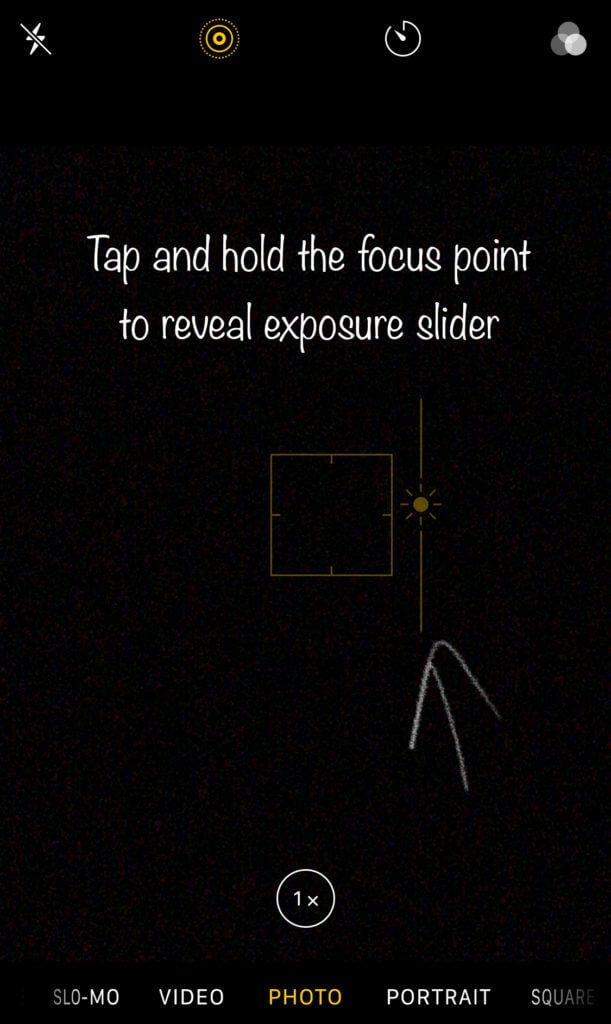
Leave enough space around the product for cropping
Remember not to take the photograph too tight. If you have no space around the edges of the product, you won’t be able to do any cropping or straightening of the image. For Amazon especially, all product photography must be a Square 1:1 crop. Phones take portraits by default, so you need to ensure you take a step back and leave some space.
You can also try flipping the phone sideways and shooting in landscape to offer more space either side.
Or you can use the square crop setting:
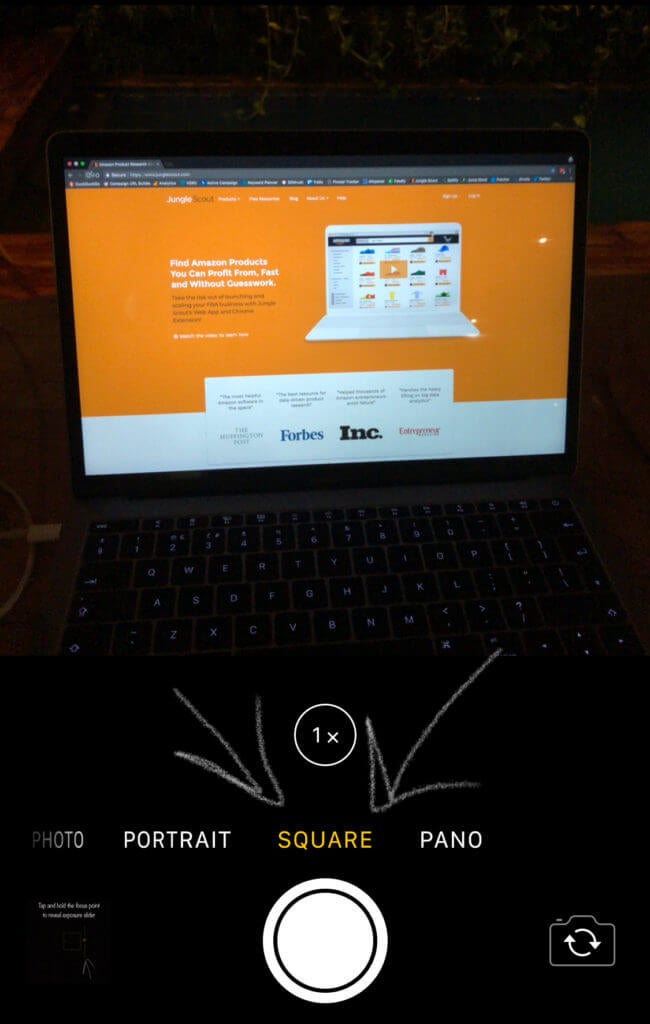
I prefer to shoot in full portrait or landscape, just in case I want to use these images full size any where other than my listing (for example, on packaging, product inserts or in emails or other marketing materials).
Use portrait mode (optional)
As a travel and portrait photographer, my preferred style is a “shallow depth of field”, where the focal point is in focus, and the background is all blurry. On a manual camera, this is achieved by shooting at a low (or wide) aperture.
On a smartphone with this capability, you can use portrait mode to do this for you. As you can see my photos so far have this desirable effect. It makes the product really pop and stand out in the photo, which is a great perspective for some lifestyle photography.
Note that the closer you are to your product, the more the background will blur out.
Here are a few more image I took, showing the product in different ways, using different angles, and introducing a human presence with hands and showing the backpack on my back:
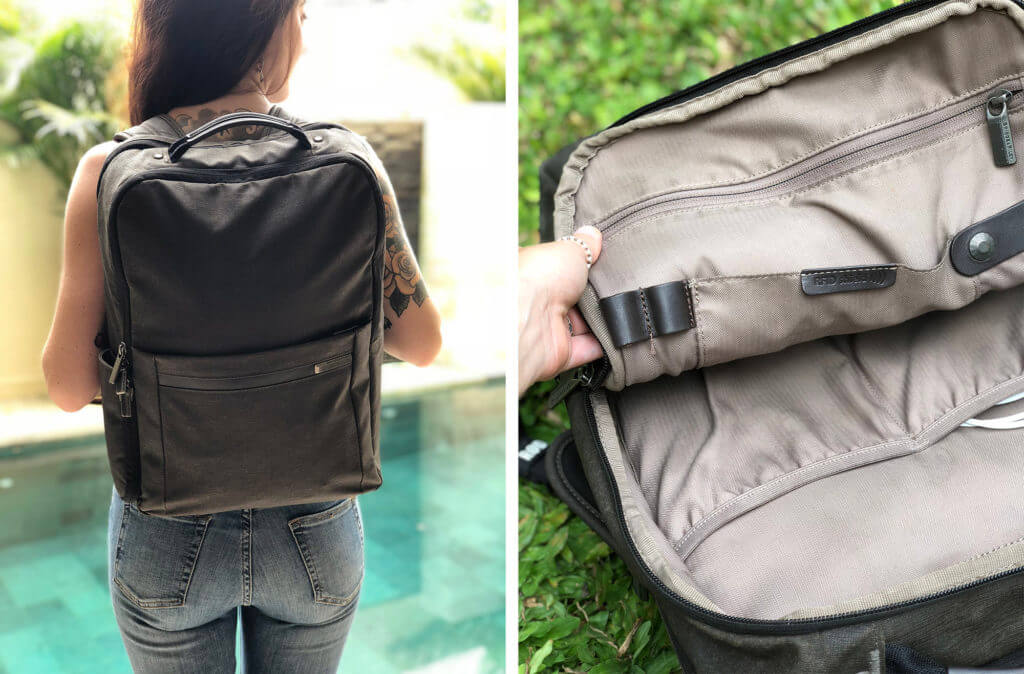
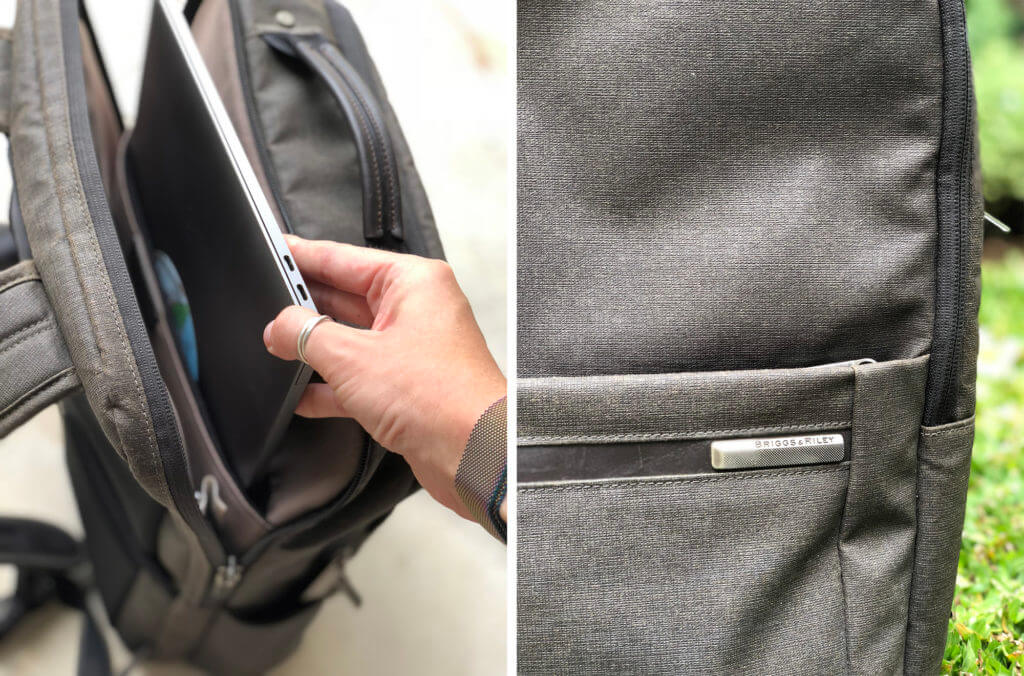
Photography Principles
As I said before, light is everything. If you are new to photography and trying this out for the first time using your phone, then it will do most of the hard work for you. But you need to give your camera a head start by picking the most suitable location with good light.
You should also bear in mind some basic photography principles:
- Think about composition and the rule of thirds – I am a believer that rules are made to be broken 😉 however, understanding how to frame a photograph is especially relevant for product photography.
- Color theory for photography can get very complex (see here if you’re into that kind of stuff), but to simplify this for lifestyle product images, just make sure you edit your photos in a natural way. Unnatural color profiles in images can be jarring. Try to keep the colors as close to natural life – but feel free to do some tweaking to make your images pop a little more if required.
- Keep your framing and cropping under control – avoid having jarring lines in your images, such as a wonky horizon or a table that defies the laws of physics. Another common mistake is chopping off the top of people’s heads when you are cropping!
The great thing about smartphone photography is that it’s instantaneous and you can easily see your results right away, and adjust accordingly.
Don’t include any other logos or brand names
If using props, or models wearing clothing, remember to ensure you don’t include other brands or logos in your images. Not only does this work against your own marketing efforts, it could get you in trouble.
A few other top tips are to ensure your models don’t wear white, as this can easily wash out in a photograph. Try to pick complementary colors for your location, props and model clothing.
Consent forms
This errs on the side of caution, but if you are using any models (especially if children). Even if you know them or the parents, just make sure you have written consent to use the images for your product marketing and advertising.
Takeaways
All of these images are unedited, straight out of my phone, using portrait mode. Not bad, right?
If you want to model the product yourself, then it’s time to invest in a tripod suitable for your phone or camera (see links for gear below). If not, you can get friends or family to help you out, or train your dog (kidding – sort of!).
Taking all of these images took me under 30 minutes, and these are just a selection of my favorite ones. It took a further 30 minutes to decide on my location and get my product prepared.
Unless you are travelling to a location, or working with an elaborate set, this really doesn’t eat up too much of your time at all.
Step 3: Editing
Once you are happy with your photoshoot it’s time to start editing.
To save time it’s usually easiest to go through your entire shoot first, and mark, star or add your top images to a folder. Be critical here, and make sure you are picking out the best images from the set.
Provided you started out with a nice location, good lighting and took some time to ensure your images were nicely exposed and framed, you are off to a flying start.
Let’s dive into an example of how I edited one of my images using the app Darkroom.
Cropping and straightening
I work through the icons in this app in order, so I first opened the crop tab (far left). The neat thing is it will automatically straighten any lines that are “off” for you, or you can cancel that if it doesn’t have the desired effect.
Then I tap ‘aspect ratio’ and get this useful list, where I selected Square 1:1.
After that I can reposition my crop by dragging the square in the middle and then that’s the crop done.
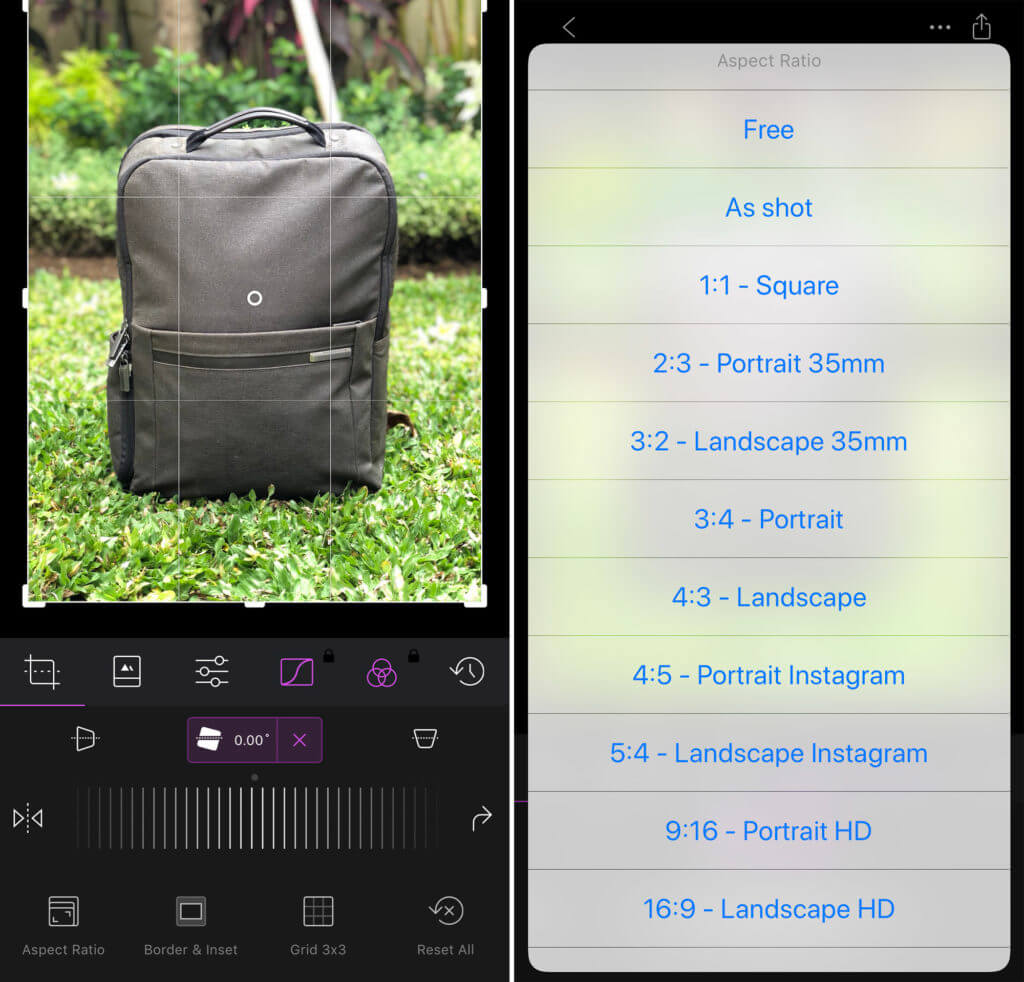
Filters and Editing
Now I hop over to the next tab, which is the filters area. Darkroom has some nice free and in-app purchase filters. You just need to be careful not to choose one that over-processes the photo. These filters might be great for your #instagramgoals but remember we want clean, natural looking images for lifestyle product photography.
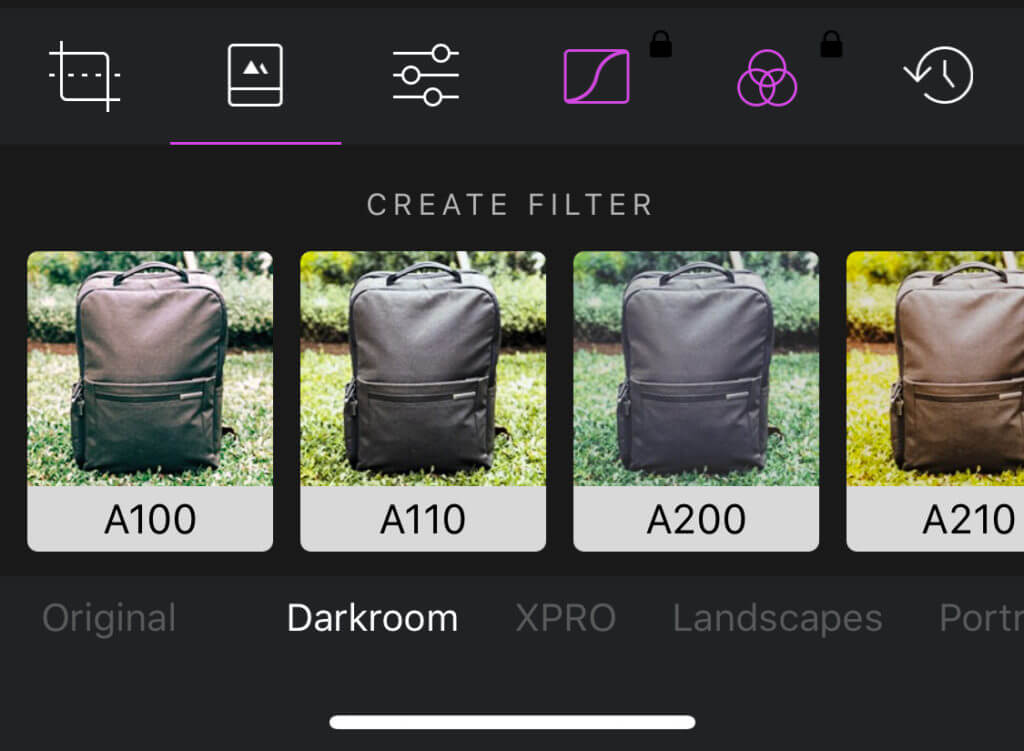
For my particular image, I didn’t feel like much editing needed to be done, so I skipped the filters and went over to the manual editing tools.
Manual Edits
Because his image was taken in good light, I only tweaked it slightly. I increased the contrast a little, bought the highlights up a bit and cooled off the temperature to make the colors look more natural.
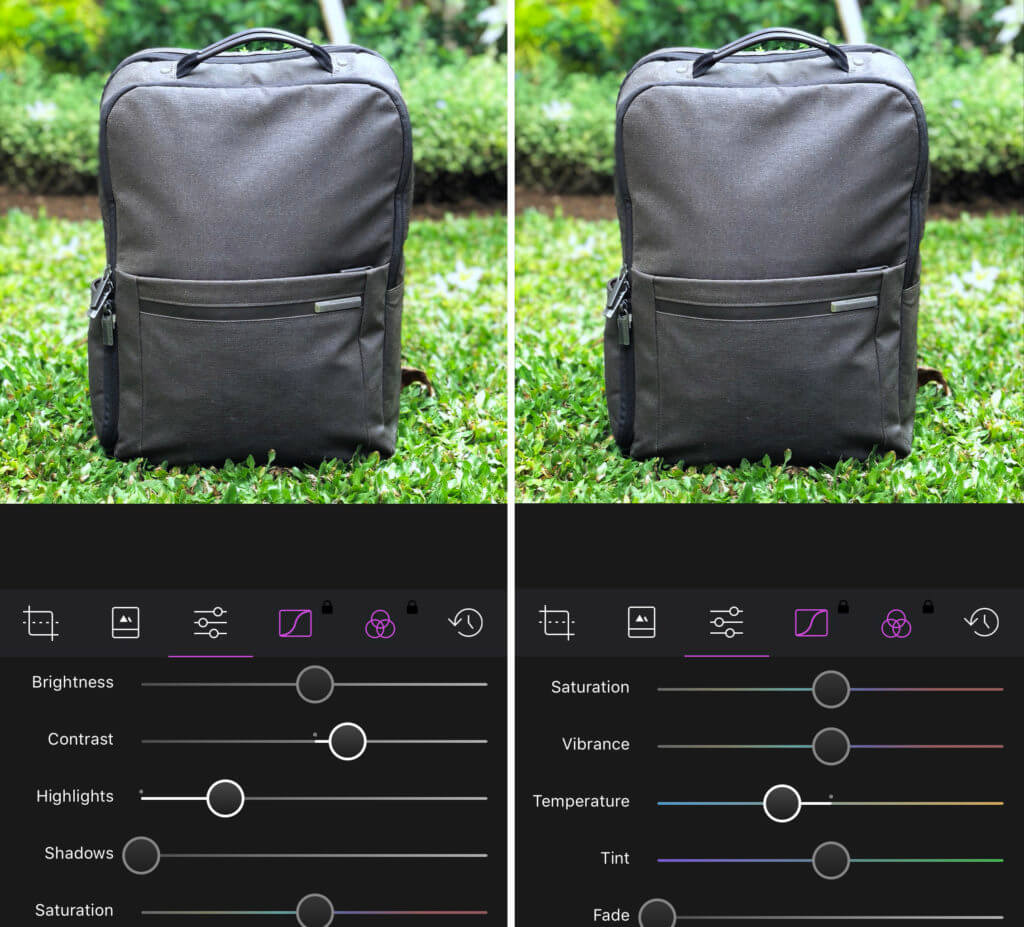
Finally, I added a very small amount of sharpening – always go steady on this, as you can destroy image quality if you overdo it.
That’s it. I was happy with the outcome with minimal editing, and it’s on to the next one.
Common Editing Features
Here’s a handy guide of the most common editing features you see in this type of app. They usually have sliders like you saw above, which gives you a real-time view of how your image is affected. Super easy to use if you know how to manipulate the different editing tools as described here:
Exposure – increasing exposure makes the image brighter and decreasing makes it darker. Always be careful with this as it can eat into the quality of the image. Everything in moderation!
Contrast – This makes the dark areas of the photograph darker.
Highlights / Shadows – Use these in combination to get a similar effect to contrast, but with more detail preserved.
Saturation / Vibrance – In most apps, vibrance has a more obvious impact and adds a lot of color to the photo, saturation does so in a more balanced way.
Tint – You can add a color tint but this is not usually recommended for product photography.
Sharpness or Clarity – These tools can add a little sharpness or detail, making the photograph appear a little crisper.
Curves – This is an additional purchase in the Darkroom app I have used, and is a more precise way to edit the blacks, shadows, mid-tones, highlights and whites in an image. Not a requirement but a very cool tool to have. You will also find this in tools like Photoshop.
As a rule of thumb, if you are having to push all of these editing tools to their limits, then it means your original photograph was not taken with good exposure and balance. I would avoid doing this if possible, because the results can look grainy and unprofessional.
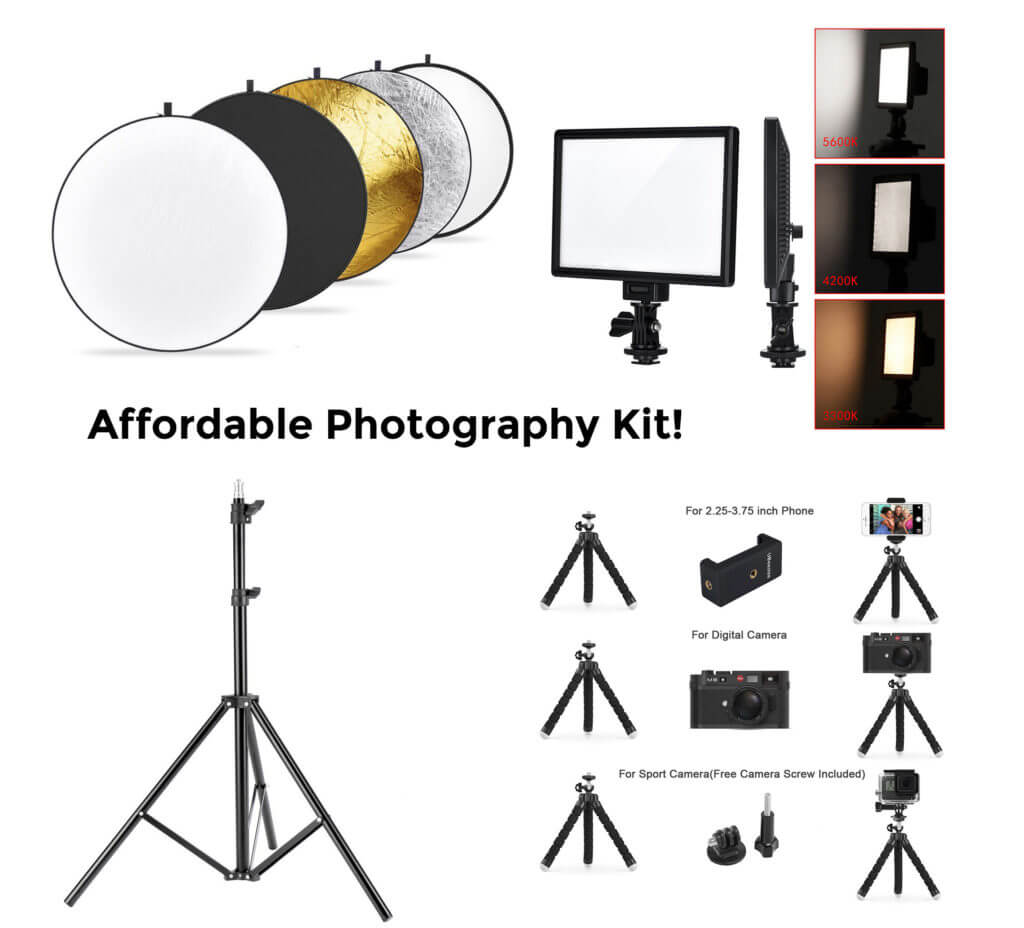
Takeaways
- By using a free app, you can easily edit your lifestyle photography, including cropping, adjusting the exposure, brightness, contrast and shadows and more.
- Depending on how meticulous you are, you can easily edit your photos right on your phone in under 1 hour.
- Once you are finished, save them all, back them all up and then you’re good to import them to Amazon or your ecommerce store.
- Feel free to export and edit in a photo editing software such as Lightroom or Photoshop if you prefer!
Tools and Gear
I think you actually need less equipment to shoot good lifestyle photography, compared to product photography, especially if you are relying on natural light.
As a photographer, I personally prefer to work with natural light as much as possible. But here’s a few extra affordable things you could purchase to help you out:
- A tripod as I mentioned (optional, get one with a remote)
- Light reflector / diffuser – great for bouncing natural light to create a softer look, but can be difficult to use without a stand or a person willing to hold it
- Affordable light panels – you could invest in some LED light panels which come with adjustable brightness and temperature, especially if shooting indoors. You may also want some additional stands or tripods to position these.
PS: All of these products linked above on Amazon are just some examples I found that ranked well, no affiliates and I haven’t personally ordered these particular examples. Do shop around 🙂
If you don’t want to buy any gear, then you can also experiment with indoor lighting, additional light sources (like a desk lamp) and by trying to shoot nearer to a natural light source.
Apps and Software
If you are using a smartphone, the native camera app on your phone will do. In fact, you can also edit photos pretty easily using your phone’s native editing tools these days too.
Here’s a few apps I use to take and edit photos right on my iPhone:
- Halide – This gives you more manual control over the camera on an iPhone, allowing you to change things like ISO, white balance and even enables you to shoot in RAW format. If you have more advanced photography experience this is for you. You can also check out the app developers post about shooting RAW on iPhone which is super interesting.
- Darkroom – A super easy to use editing app on your phone, allows you to do all of the required edits and has a really nice set of presets, this is what I used for this demonstration.
- VSCO – Similar to Darkroom, all of the editing tools and some presets
- Focos – this takes portrait mode on iPhone to the next level with SUPER blurred out backgrounds
Additionally, if you want to, you could also invest in software like Lightroom and Photoshop, which are pretty affordable these days on a monthly subscription. However, the barrier to entry is steeper than using apps on your phone, especially if you have never used editing software before.
I am an Apple owner through and through (sorry!), but if anyone reading has sweet recommendations for photography or apps using Android then please share in the comments below.
The Finished Product
Here’s some final results of the quick photoshoot I did. It only took me a couple of hours to take and edit these images and I could easily replicate this process in other locations or with a different creative mission.
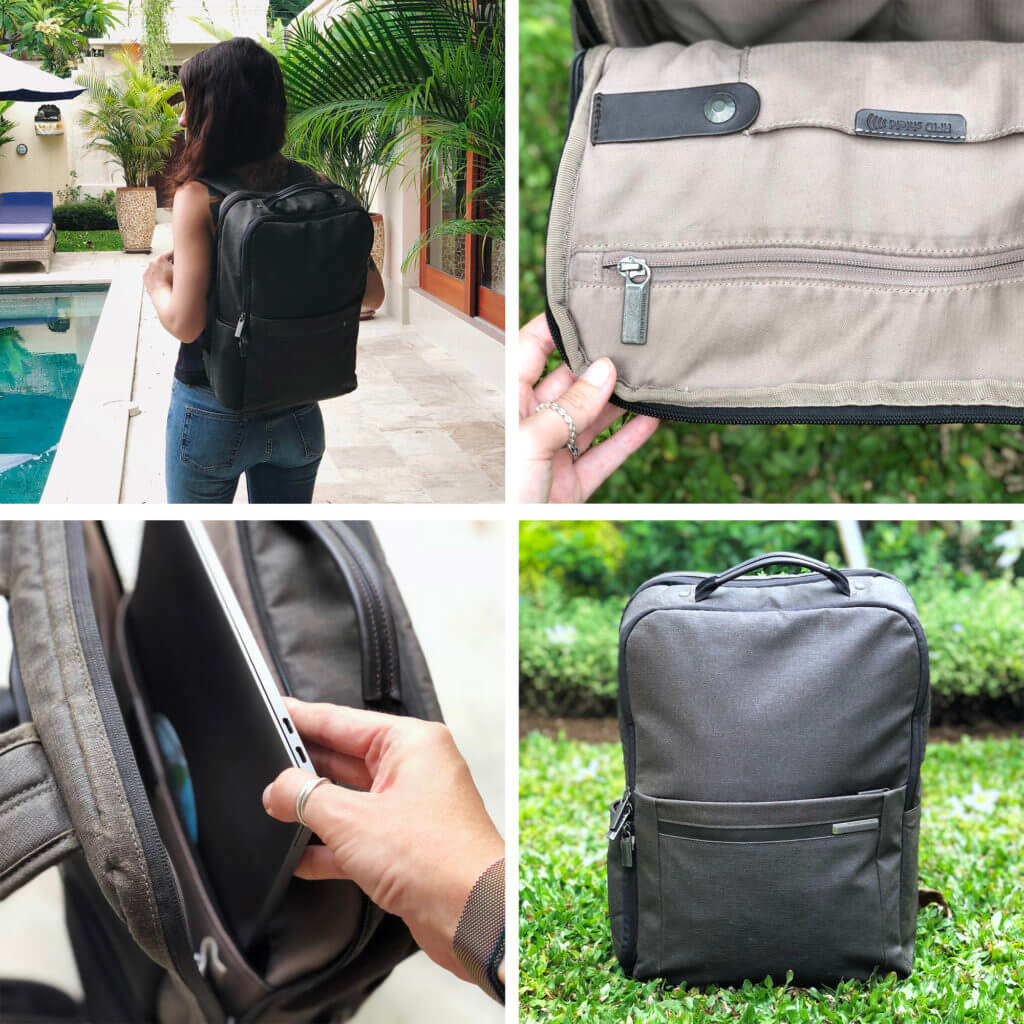
Over to you…
If you want to introduce lifestyle product photography to your ecommerce business without the additional cost of hiring a professional, it’s definitely possible to create your own additional images using a smartphone.
Providing your product is relatively easy to work with from a photography standpoint, and you have access to a suitable location and maybe some models, you can go from concept to finished photographs in less than a day’s work.
Let us know in the comments if you have tried the methods outlined in this post.
Having issues taking your own lifestyle photos?
Get access to the best Amazon photographers all in one place!
With the Jungle Market, you won’t have to browse through thousands of unqualified freelancers. The Jungle Scout Market offers only verified pros that have been fully vetted by the Jungle Scout team.
Subscribe to our YouTube channel for the latest in Amazon and ecommerce content:
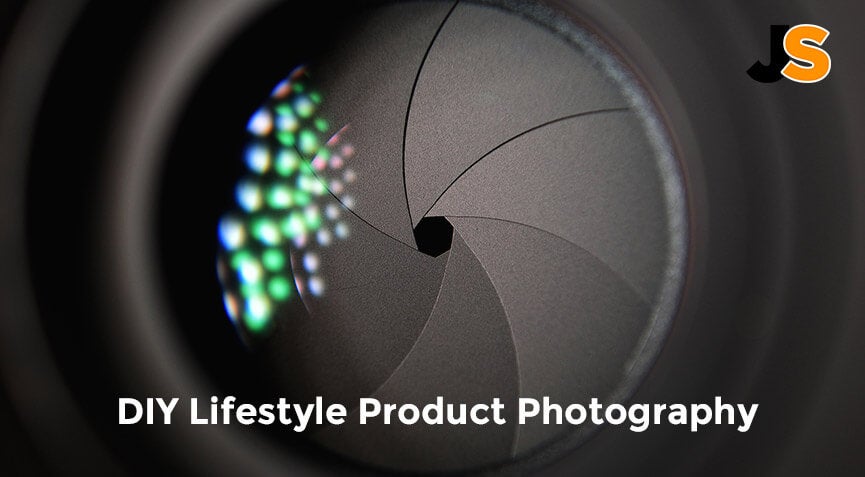
 3 Comments
3 Comments

3 comments on “DIY Lifestyle Product Photography For Ecommerce Sellers”